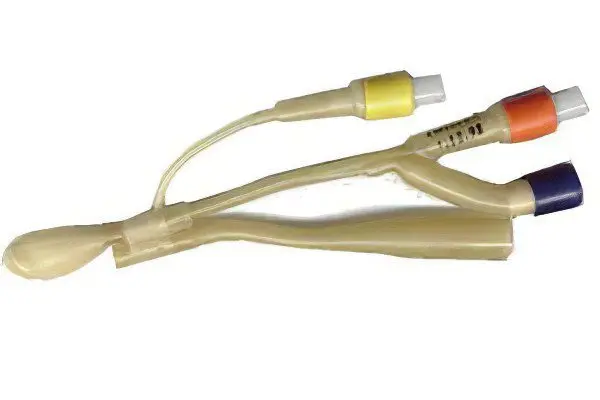Sinusitis is a disease in which an inflammatory process occurs in the maxillary sinuses, which is accompanied by edema and copious discharge from the nose. If the mucosal edema interferes with the separation of the contents of the nasal sinuses, then nasal congestion occurs, breathing becomes difficult, headaches and photophobia may appear.
The treatment of sinusitis is to ensure the outflow of the contents of the sinuses and the sanitation of the nasal cavity in order to destroy the pathogens. It is necessary to remove swelling and inflammation, to prevent the spread of pathogenic microorganisms.
Conservative treatment of sinusitis includes the use of antibiotics and antiseptics, anti-inflammatory and vasoconstrictor agents in the form of drops, sprays and solutions.
In severe cases, it is necessary to puncture the sinus, wash it and treat it with antibiotics. Surgical treatment of sinusitis is fraught with complications in the form of a secondary infection, the formation of nasal polyps or a fistulous tract between the nasal cavity and the maxillary sinus, as well as relapses of the disease.
Surgical drainage of the nasal sinuses (the so-called puncture) is very often used to treat acute and chronic sinusitis, but is dangerous due to frequent relapses of the disease.
1. Yamik catheter

One of the most modern and physiological methods of treating sinusitis is the procedure for cleaning the nasal sinuses using a special soft catheter YAMIK.
The procedure begins with nasal anesthesia, thanks to which a catheter with a balloon at the end is painlessly inserted into one of the nostrils and inserted into the nasopharynx. The second balloon is located in the middle of the catheter, and after the introduction it is directly in the nostril. By inflating the balloons, the nasal cavity is sealed along with the sinuses.
The catheter has two working outlets for syringes. Through the first, pressure is manipulated, drawing in and forcing air into the nasal cavity through the movement of the piston. This contributes to the destruction of the colloidal structure and the subsequent separation of pathological mucus from the epithelial membrane.
The second exit is needed for the introduction of drugs and antiseptics.
Thanks to the YAMIK catheter, a quick and painless treatment of sinusitis is performed. The procedure is applicable for children and pregnant women, since it does not require potent drugs that are absorbed through the mucous membrane.
Video of the procedure:









